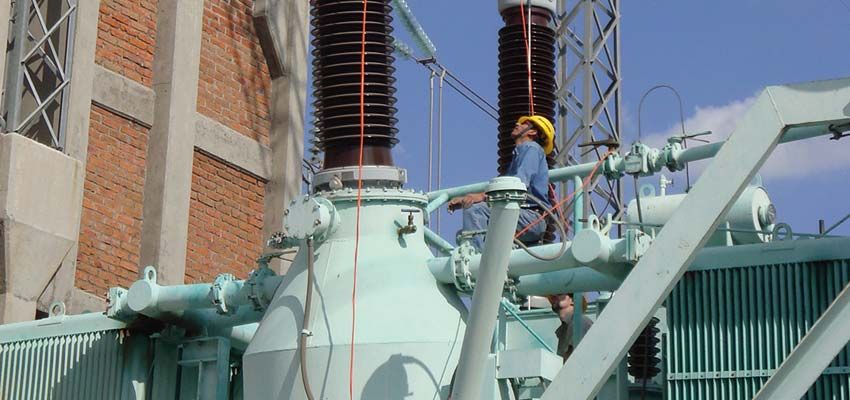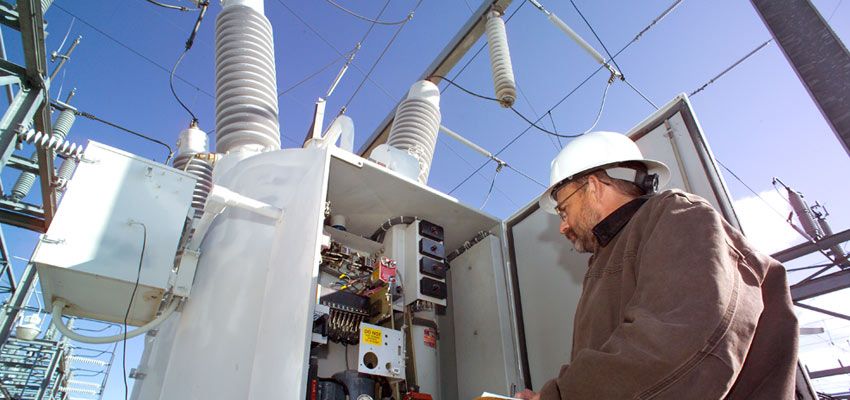Measuring insulation of power transformer
Measure primary and secondary winding ground insulation resistance (non-winding ground when measured) of transformer with 1000~2500V tramegger, insulation resistance between primary and secondary winding, record the ambient temperature on the occasion of measuring and shaking. There are no hard-and-fast rules for allowed value of insulation resistance. However, when compared to historical situations or original data, it is not lower than 70% of ex-factory value (when the temperature of tested transformer is different from that when tested at manufacturer’s, it shall be compared after conversion of the same temperature), but the lowest value should not be lower than 25~130MΩ
Measuring DC resistance of power transformer winding and sleeve:
The grading tolerance of DC resistance of all phases of distribution transformer shall be smaller than 4% of average value. The grading tolerance of line-to-line DC resistance shall be smaller than 2% of average value.
When the grading tolerance of DC resistance cannot satisfy the above requirements due to reasons such as transformer structure, it can be compared to the measured value of the product under same temperature. The corresponding change should not be larger than 2%, which is normal.

Inspection of fuse protection:
Primary and secondary fuse protection is usually used for distribution transformer. Before electrification, it is necessary to check whether the specification of fuse meets the regulated value for the fuse is used to protect primary and secondary outlet sleeves of transformer, secondary wiring and internal short circuit fault of transformer. Therefore, if the fuse is too large, it will not play a protective role. For example, in case of short circuit of secondary outlet sleeve, the transformer will still be burnt down if the fuse is not cut out. Reversely, if the fuse is small, under the circumstance of normal operation, the customer power supply will be interrupted if the fuse is cut out under rated load or allowable load condition. At this time, if the one phase of three-phase fuse is cut out, greater harm will be brought to the customers because of the customer’s three-phase power load. For example, the motor runs under the circumstance of two-phase electricity for a long time, overheating will be caused and the motor will be burnt down.
Standard for selection of primary fuse: 1.5~2 times of primary rated current of transformer. Standard for selection of secondary fuse: secondary rated current of transformer.
If above four aspects are qualified through inspection, firstly perform no-load run the transformer, there is no abnormality in electromagnetic acoustic, then measure whether the secondary side voltage is balanced. If it is balanced, it indicates the no-load voltage ratio of transformer change is normal and there is no turn-to-turn short circuit, then the transformer can officially run with load.

Read More About : transformer winding resistance tester